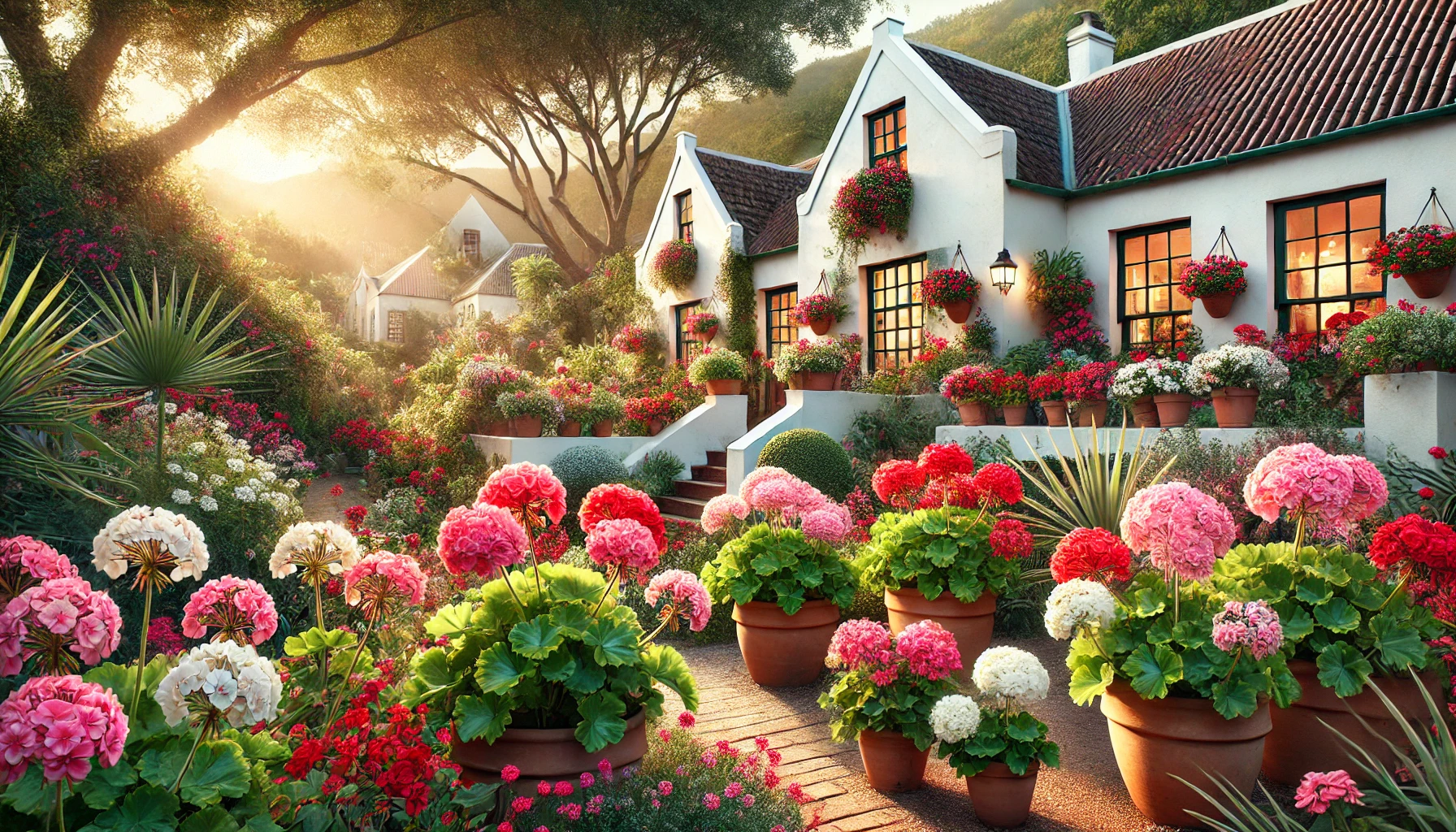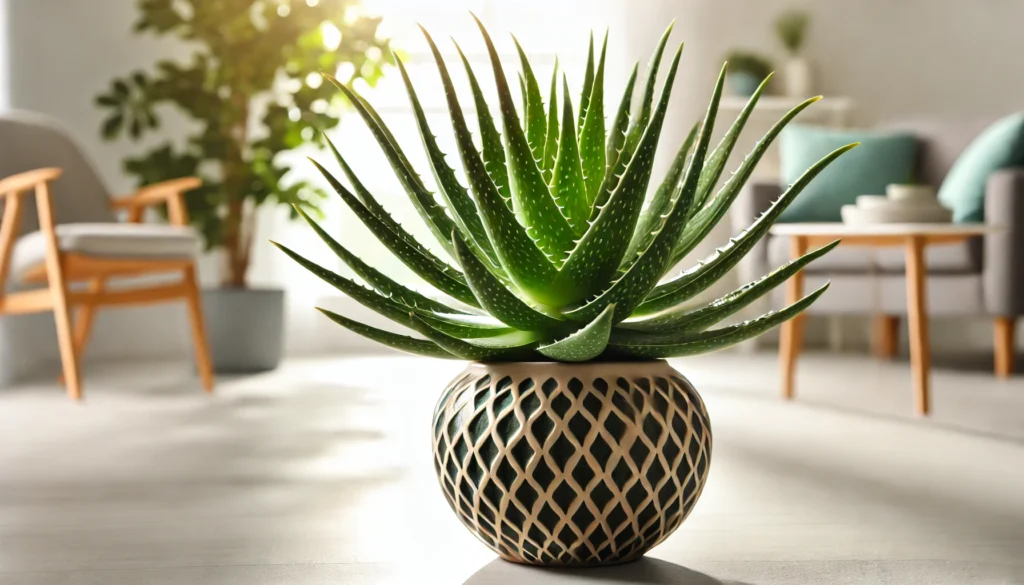
Geranium (Pelargonium spp.) is a vibrant and versatile plant that brings a splash of color to any garden or indoor space. Known for its clusters of brightly colored flowers and aromatic leaves, Geraniums can be grown as annuals in most climates, but they are perennials in USDA Hardiness Zones 10-11. Depending on the variety, Geraniums can grow up to 1 to 3 feet tall (30 to 90 cm) and spread just as wide, making them a perfect choice for borders, containers, and hanging baskets.
History and Ideal Growing Conditions
Geraniums have a rich history, originating from South Africa before being introduced to Europe in the 17th century. They quickly gained popularity due to their ease of care and stunning blooms. Today, they are a staple in gardens worldwide. Geraniums thrive in well-draining soil and prefer full sun to partial shade. In cooler climates, they are treated as annuals or brought indoors during the winter. They do well in temperatures ranging from 65°F to 75°F (18°C to 24°C) but can tolerate slightly cooler conditions as long as they are not exposed to frost.
Is the Geranium Toxic to Pets?
Geraniums are toxic to pets, particularly to cats and dogs. The plant contains substances like geraniol and linalool, which can cause skin irritation, vomiting, and lethargy if ingested by pets. It’s essential to keep Geraniums out of reach of your furry friends or consider other plants if you share your home with animals.
Safe Alternatives for Pet Owners
If you’re concerned about your pets, consider planting alternatives that offer similar beauty without the toxicity. Pet-safe options include African Violets (Saintpaulia spp.), Spider Plants (Chlorophytum comosum), or Boston Ferns (Nephrolepis exaltata), all of which are non-toxic and provide lovely greenery.
Best Practices for Caring for Your Geranium
Geraniums are relatively easy to care for, but following some best practices will ensure they thrive and continue to bloom throughout the growing season.
Watering and Humidity
Geraniums prefer a moderate watering schedule. Allow the top inch (2.5 cm) of soil to dry out between waterings, then water thoroughly. Overwatering can lead to root rot, so it’s crucial to let the soil dry slightly before watering again. Geraniums do not require high humidity levels, making them suitable for both indoor and outdoor growing in various climates.
Soil, Light, and Temperature
For optimal growth, plant your Geraniums in well-draining soil, such as a potting mix formulated for container plants. They thrive in full sun but can tolerate partial shade, particularly in hotter climates where too much sun can scorch their leaves. The ideal temperature range for Geraniums is between 65°F and 75°F (18°C to 24°C), but they can handle slightly cooler or warmer temperatures. However, they should be protected from frost and extreme heat.
Common Problems and Remedies
Geraniums are generally hardy plants, but they can face a few common issues.
One of the most common problems is yellowing leaves, often caused by overwatering or poor drainage. To remedy this, ensure your Geranium is in well-draining soil and adjust your watering schedule. Another issue is powdery mildew, a fungal disease that can appear as a white powder on the leaves. To prevent this, make sure your plants have good air circulation and avoid overhead watering. If powdery mildew does occur, treat it with a fungicide.
Invasiveness
Geraniums are not considered invasive, making them a safe addition to your garden without the risk of them spreading uncontrollably. If you want to avoid plants that can potentially become invasive, rest assured that Geraniums will stay where you plant them. For those concerned with invasiveness in general, alternatives such as Marigolds (Tagetes spp.) or Zinnias (Zinnia spp.) are excellent non-invasive flowering plants.
Propagation and Benefits of Geranium
Geraniums are easy to propagate, typically through stem cuttings. Simply cut a healthy stem, remove the lower leaves, and plant it in moist, well-draining soil. In a few weeks, the cutting should develop roots and begin to grow. Besides their beauty, Geraniums are known for their aromatic leaves, which can repel pests like mosquitoes. They also attract pollinators like bees and butterflies, making them beneficial additions to your garden.
Final Thoughts
Geraniums are colorful, versatile, and relatively easy to care for, making them a favorite among gardeners. Whether you grow them in garden beds, containers, or hanging baskets, these vibrant plants are sure to add a splash of color to your space. While they are toxic to pets, many safe alternatives are available for those with furry friends. With the proper care, your Geraniums will bloom beautifully and bring joy to your garden throughout the growing season.
Stay connected with the world of plants! Subscribe to Phylofy for expert gardening tips, DIY projects, and eco-friendly inspiration. Join our community and nurture your love for nature. Don’t miss exclusive content and updates. Subscribe now!



